Do you feel like the standard 2.0/2.1 setup is getting a bit boring? Are you craving for that Dolby Digital, surround-sound experience? That can be very well achieved, and it won’t cost you a pretty penny. Instead of ordering an expensive soundbar, I recommend investing in a wireless rear speaker set. This is the least expensive and most effective option on the table, actually.
The Best wireless rear speaker kit will take very little time/effort to sync up with your system. All you’ll have to do is position it at the right spot(s), get the receiver connected, and that’s it! The new speakers will bring your favorite movies, series, and songs to life, dramatically improving the sound quality. So, if you’re ready to learn more, here are the top-five offers on the market!
Best Wireless Rear Speaker Kit Review
1. LG Electronics SPK8-S – Best Universal Wireless Rear Sspeaker Kit
LG is one of those world-famous brands with a good reputation and a customer-oriented pricing policy. As for this rear speaker set, it will be a bargain if you’re looking for a user-friendly, quick-to-install set. The package comes with a pair of speakers and a strong receiver unit that can wirelessly connect to your sound system. And, thanks to the solid power output – each speaker is rater at 70W, for a combined 140W output – you’ll never run out of volume.
The audio quality is pretty great as well, especially for a product in this price range. Overall, SPK8-S is a sure pick for any home theater owner looking to upgrade their setup. The only thing that I didn’t like about LG’s wireless speaker set was the packaging. It’s not particularly secure: no cushioning, rubber layers, or anything like that. The actual speakers are pretty sturdy, however, which is great news.
The Pros:
- Fast, simple installation/connection routine
- Decent power output (140 watts combined)
- Impressive sound quality for the price
The Cons:
- Poor packaging
Verdict
LG Electronics did a wonderful job with SPK8-S. It takes very little time to install and get connected, and the above-average wattage (140W combined) will be more than enough for the average home theater. The speakers sound great, too. The packaging is a con, but only a minor one.
2. Rocketfish RF-WRSK18 – Best Wireless Surround Speaker Kit
If you’re in the market for a fresh, up-to-date speaker design, you’ll get exactly that with Rocketfish. This set is quite unusual in appearance. On top of that, it’s compact and won’t be hard to find a place for in your room. Next, thanks to clever engineering, WRSK18 can work with a wide range of audio systems, which can’t be said about most wireless rear speaker sets.
In the package, you’ll find all the necessary cables. A detailed manual will be a part of the deal as well. It’s pretty easy to understand and will guide you through the installation/connection process. In contrast, the company’s customer support team isn’t at all fast or client-oriented. It takes a rather long time to respond and isn’t always very helpful. Plus, some buyers complain about a short lifespan.
The Pros:
- Sleek, compact design with hidden antennas
- Compatible with a long list of sound systems
- Comes packed with cables and a guide
The Cons:
- Slow customer support
Verdict
The smooth, compact design, enhanced compatibility, and generous package are this speaker set’s biggest selling points. And while the customer service is average at best, and durability can be an issue, Rocketfish still deserves a spot on your list of must-haves.
3. DYNASTY PROAUDIO WSA-5RP – Best Wireless Speaker Kit
This right here is one of the most advanced wireless speaker kits out there. First of all, it comes packed with high-quality, Class-D amplifiers. Now, while they’re not the loudest set on the list, they certainly do deliver a premium sound quality, especially when it comes to the low end. With an audio output of 48KHz and 24 bits, WSA-5RP will immediately transform your sound system for the better.
And one more thing: these speakers can easily switch between two frequency bands – 5.2 and 5.8GHz. That means you won’t experience any issues with your domestic 5G network (which does happen quite often). The only downside –for some reason, the output terminals on this equipment are reversed. That forces you to connect the red cable to the black terminal (and vice versa).
The Pros:
- Flexible: doesn’t interfere with a 5G network
- Provides a 24-bit/48KHz, HD audio output
- Premium Class-D amplifiers for extra bass
The Cons:
- Output terminals are reversed
Verdict
Despite the minor issues with the terminals, WSA-5RP is a must-have for the fans of superb audio quality. Thanks to the top-notch amps, 24/48 output, and dual-band 5G support, the Dynasty ProAudio wireless rear speaker set is, indeed, a worthy investment.
4. SAMSUNG 9100S – Best 2 Channel Rear Wireless Speaker Kit
Moving on with the list of the best speaker kits, we’ve got Samsung – another big name in the industry. The 9100S is available at a very affordable price, and that is, without a doubt, its biggest selling point. And, it delivers a clean, precise sound that doesn’t distort or make humming noises at high volume levels. Another pro is the versatile design. Both speakers have a separate power cable – they’re not connected to each other.
That way, you can place each speaker wherever you want, and they’ll connect to the sound system wirelessly through the provided receiver unit. The volume levels are rather decent, by the way, as long as you chose the right settings in the menu. As for the cons, 9100S is designed and manufactured in Vietnam (not a US-made product). The build quality is decent, though.
The Pros:
- Flexible design: the speakers connect separately
- Does not distort or hiss at higher signal levels
- The cheapest speakers on the list
The Cons:
- Designed and built in Vietnam
Verdict
What can you expect with Samsung’s 9100S speaker set? It’s cheap, easy to connect, and can get pretty loud without distorting the signal. That makes it a bargain for most home theater fans on a tight budget looking to upgrade their sound systems at a low price.
5. Amphony – Best Bluetooth Wireless Rear Speaker Kit
In contrast to the previous kit, Amphony isn’t particularly cheap; in fact, it’s the priciest option on the list. So, why would you want to pick it over the competition? What are its most significant pros? Well, it boasts an extended wireless receiver range – up to 300 feet. You won’t have to worry about the signal/connection quality even if the speakers are on the second floor.
Along with that, the whole package is covered by a 12-month warranty deal and easy-to-reach customer support. Finally, the speakers and the receiver are very lightweight, but still pretty sturdy. Summing up, Amphony is one of the best offers on the market right now, even though it might be a bit expensive for some folks.
The Pros:
- Impressive wireless receiver unit range (300 ft.)
- Incredibly lightweight – easy to carry around
- Backed by a one-year warranty + support
The Cons:
- Slightly on the expensive side
Verdict
Are you looking for a receiver with a far reach? Then pay extra attention to Amphony, because it boasts a 300-feet range. The sound quality, ease of installation, and power output are even more reasons to pick this wireless speaker kit, along with the strong support. Sadly, the price is a bit steep.
Buyer’s Guide
For the most part, wireless speaker kits are very simple. You just buy the set that you like, get it connected, and enjoy! But wait: how do you do that – find the perfect speakers for your home theater? There are literally hundreds of different offers out there, and they all claim to be “the one”. Well, that’s why I wrote this guide! Here, we’ll talk about wattage, wireless range, fitment, pricing, and more.
#1: Wireless Unit Range
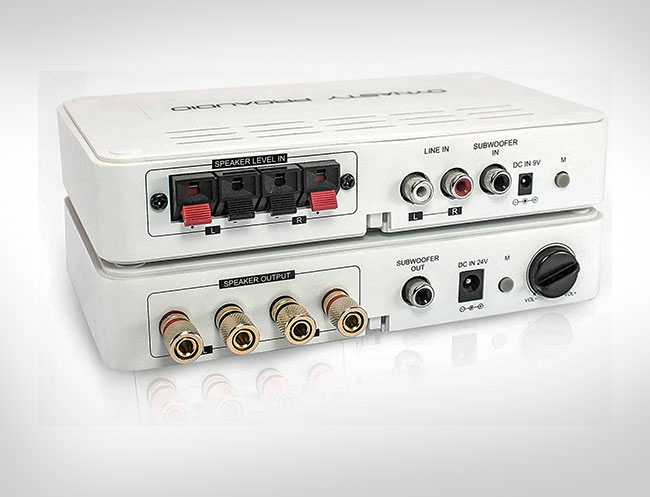
The average wireless range is 100 ft. That should be enough to establish a strong, steady connection. Yet, I would recommend finding a speaker set with at least 200 feet of “cordless” range. That way, you won’t be forced to put the receiver and the speakers in one room (or even one floor). For example, the Amphony kit has a 300-feet range.
#2: The Power Output
Running out of volume must be one of the most frustrating things ever. You’re pushing the system to the limit, but it’s not cutting it (instead, the speakers start to distort). That’s why it’s important to check the power output before making a purchase. For a set of rear speakers, 100W (combined) is a great place to start. And if you want your movies or music to fill up the entire room, go for 140-160 watts.
The price difference won’t be very big, but you’ll definitely feel the difference in loudness. Oh, and make sure that the speakers are active/powered. In other words, each unit should include a built-in amplifier (preferably, Class-D).
#3: Design + Compatibility

Check the specifications for proper compatibility. And keep in mind that certain brands like LG, Samsung, and such design speaker kits in a way that they only fit soundbars/systems from their own lineups. As an alternative, you can always choose a “universal” kit that connects with a wider range of audio equipment.
#4: Extras
Next up, we’ve got the extras. I’m talking about enhanced compatibility with various audio equipment, a reinforced body (for impact resistance), and a flexible wireless connection. Plus, as we already learned with the Dynasty speakers, some kits have built-in systems that don’t interfere with different networks (like 5G, for example).
You also want a speaker set that doesn’t break into hissing and humming when you turn the volume knob up. Last, but not least, look for support/guarantees from the brand. It can be a standard 12-month warranty, a refund policy, or fast, helpful customer service.
#5: The Price and the Package
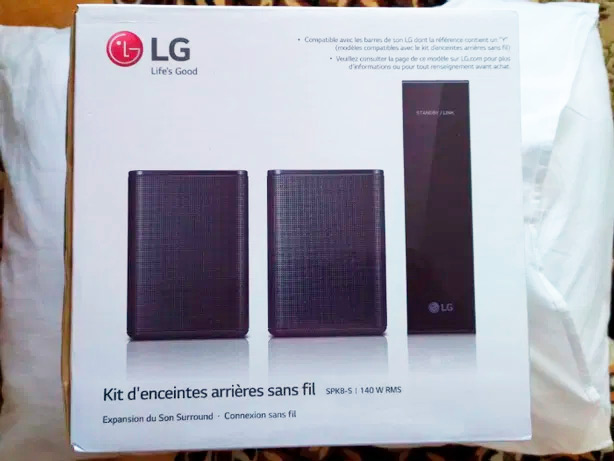
The price will also be dictated by the quality of the amplifiers, the number of inputs/outputs, and more. Speaking of the package, make sure that it includes all the necessary cables (for plugging the speakers into the receiver unit). A user guide would also come in handy. The installation process is usually very easy, but a manual can still be of help.
Conclusion
When you order a new set of wireless rear speakers and get it connected, you’ll be surprised by how big of a difference it can make. Most home theaters only feature a set of front tweeters, and they deliver a decent sound output/quality. However, for that true surround sound experience, a rear-speaker kit is a must. Today, we checked out five market-leading products from different manufacturers.
While they’re all worth the attention (and investment), there are a lot of differences between these units. So, after reading the reviews, take some time with the pros/cons to figure out which brand has the best offer for your setup. The Buyer’s Guide, in turn, will help learn more about the right power output, design, wireless range, and more. Enjoy your new, upgraded sound system!
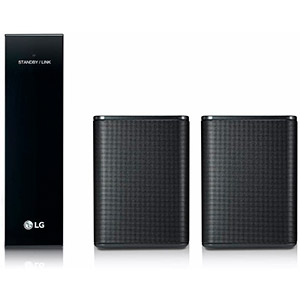

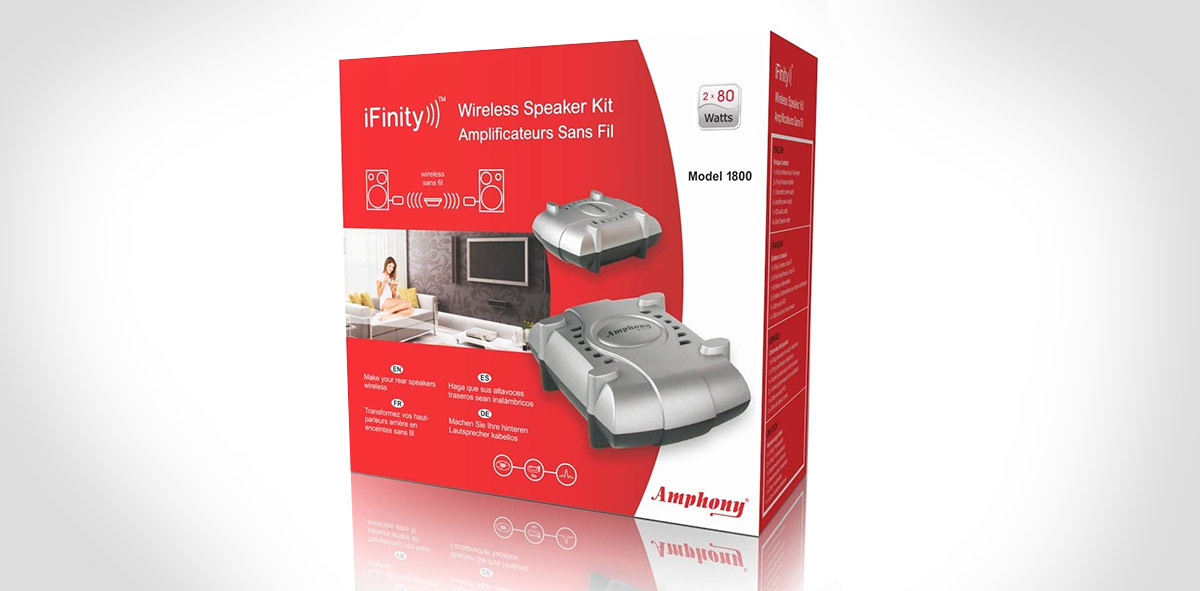
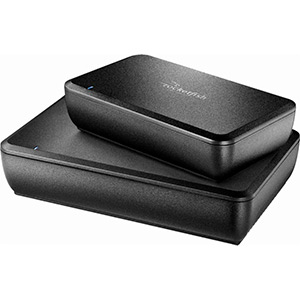

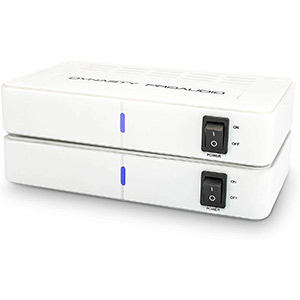



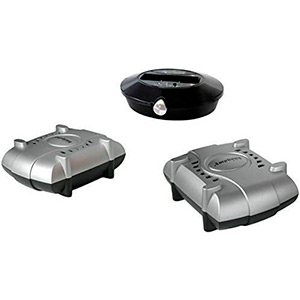

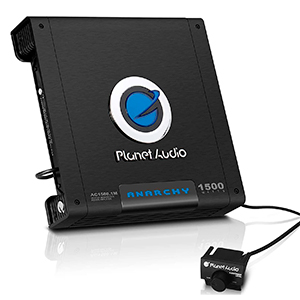

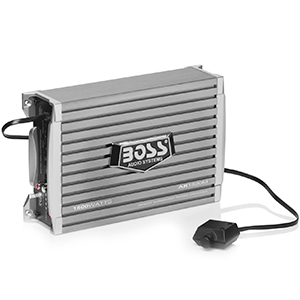

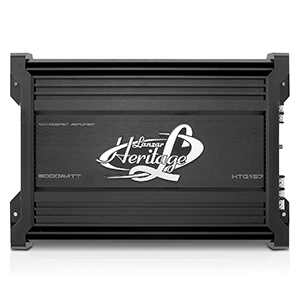

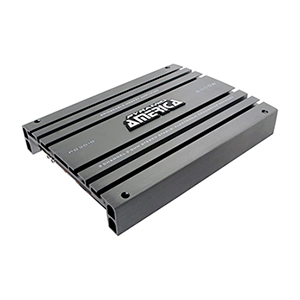

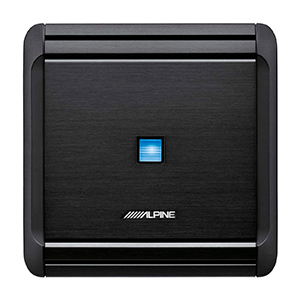

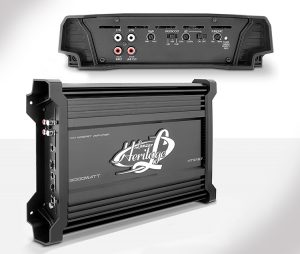 Well, yes: if the amp comes packed with lots of connectivity options, that’s always great news. Essentially, it only needs a couple of ports to connect to the car stereo, the speakers, and the external subwoofer (if you have one). So, look for a power input, a speaker output, RCA inputs, a remote sub control, and a set of speaker-level inputs. That should be more than enough for a quick, hassle-free installation and connection.
Well, yes: if the amp comes packed with lots of connectivity options, that’s always great news. Essentially, it only needs a couple of ports to connect to the car stereo, the speakers, and the external subwoofer (if you have one). So, look for a power input, a speaker output, RCA inputs, a remote sub control, and a set of speaker-level inputs. That should be more than enough for a quick, hassle-free installation and connection. When dealing with any electrically charged device, you gotta always think about your own safety. Amplifiers tend to overheat, especially when you’ve got a set of speakers and a powerful woofer connected to it. That’s why the amp needs to be resistant to overloads, short circuits, and overheating. A premium-quality cooling slash heat-dissipating system might cost extra, but it will be money well spent.
When dealing with any electrically charged device, you gotta always think about your own safety. Amplifiers tend to overheat, especially when you’ve got a set of speakers and a powerful woofer connected to it. That’s why the amp needs to be resistant to overloads, short circuits, and overheating. A premium-quality cooling slash heat-dissipating system might cost extra, but it will be money well spent.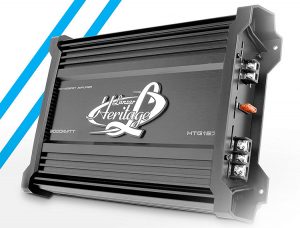 Are you one of those drivers that like to mess around with the knobs before they get the right sound? If the answer is yes, see that the amp has enough built-in controls. The good news is – even the cheapest units will have at least a low-pass crossover, a bass booster, and some sort of an equalizer for tone shaping. And remember: if you want a stronger bass response, choose a mono-block amplifier.
Are you one of those drivers that like to mess around with the knobs before they get the right sound? If the answer is yes, see that the amp has enough built-in controls. The good news is – even the cheapest units will have at least a low-pass crossover, a bass booster, and some sort of an equalizer for tone shaping. And remember: if you want a stronger bass response, choose a mono-block amplifier.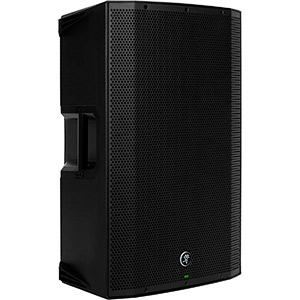



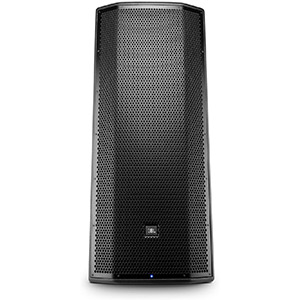

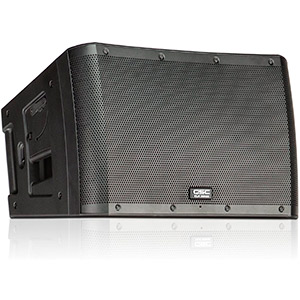

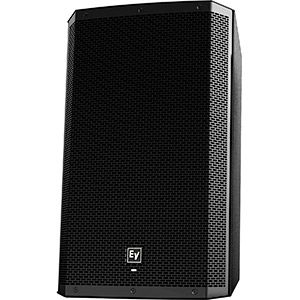

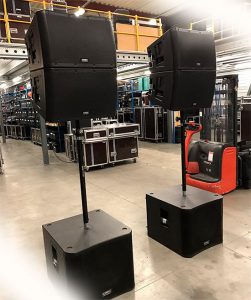 Some people believe they’ll have to save at least 1000 bucks to get a solid active speaker, but I’m happy to say that they’re wrong. In fact, there are lots of excellent offers on the market that cost $300-400. For that kind of money, you’ll get not only steady performance but also a strong power output and lots of extras (like an EQ, for example). Moving up to the $500-600 range, you’ll find a better bass-frequency response and bigger/wider cones.
Some people believe they’ll have to save at least 1000 bucks to get a solid active speaker, but I’m happy to say that they’re wrong. In fact, there are lots of excellent offers on the market that cost $300-400. For that kind of money, you’ll get not only steady performance but also a strong power output and lots of extras (like an EQ, for example). Moving up to the $500-600 range, you’ll find a better bass-frequency response and bigger/wider cones.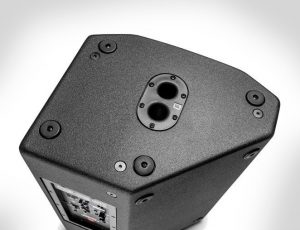 No matter how cheap the speaker may be, it will always feature at least one connectivity option. However, a more expensive unit will have lots of inputs and outputs that work with different equipment/gear. With speakers, there are three primary interfaces slash connection types – RCA, TRS, and XLR. You’ve probably seen RCA before: it’s the red and white cables that most devices have.
No matter how cheap the speaker may be, it will always feature at least one connectivity option. However, a more expensive unit will have lots of inputs and outputs that work with different equipment/gear. With speakers, there are three primary interfaces slash connection types – RCA, TRS, and XLR. You’ve probably seen RCA before: it’s the red and white cables that most devices have.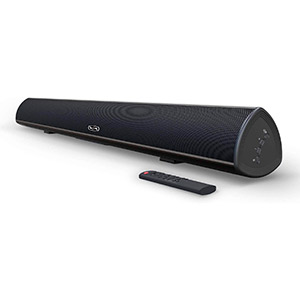

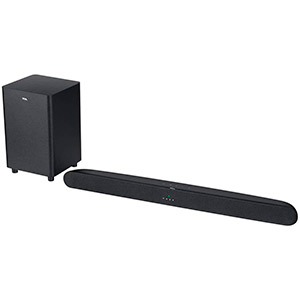

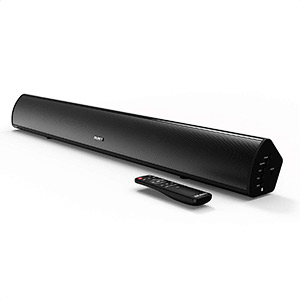

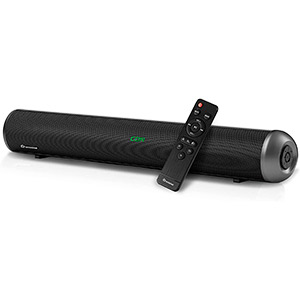

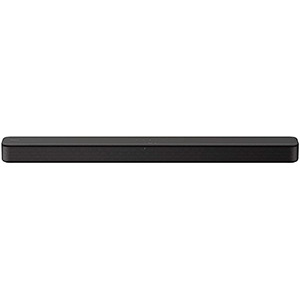

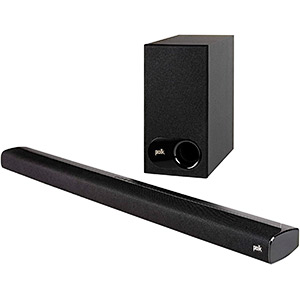

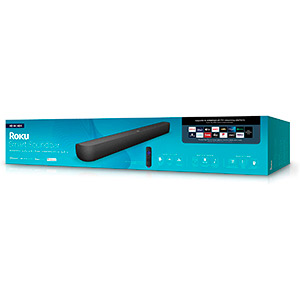

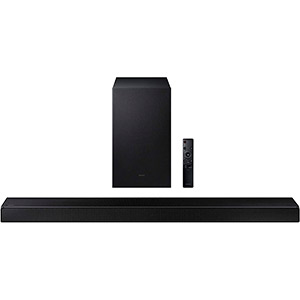

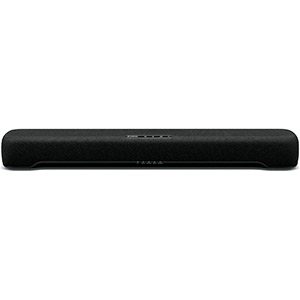

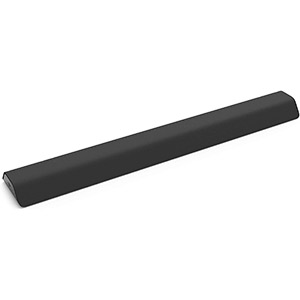

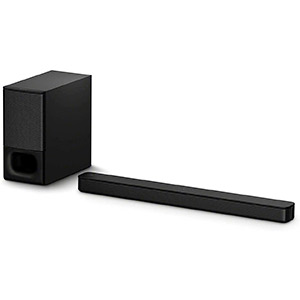

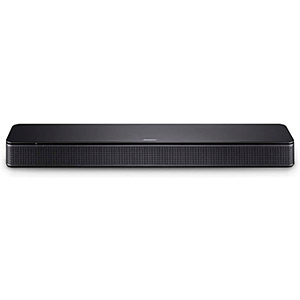

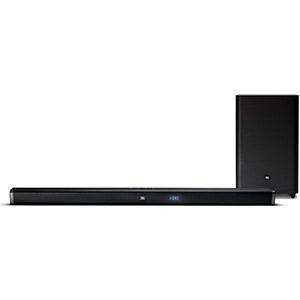

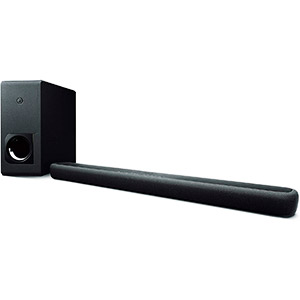

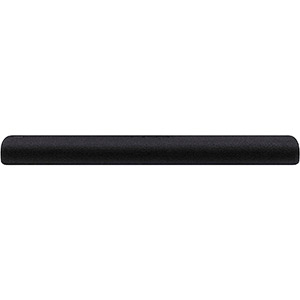

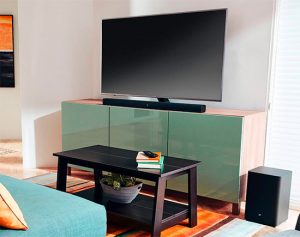 Sound waves are pretty complex, and the audio quality is affected by how big/small the room is. Absorbing and reflecting materials also matter, but only if you’ve got a professional recording studio. For the average living room or bedroom, it comes down to whether the speakers will be able to “fill out” the space with sound, or not. Now, unless you like to blast your music really loud and scare the neighbors, a 100dB soundbar will be enough.
Sound waves are pretty complex, and the audio quality is affected by how big/small the room is. Absorbing and reflecting materials also matter, but only if you’ve got a professional recording studio. For the average living room or bedroom, it comes down to whether the speakers will be able to “fill out” the space with sound, or not. Now, unless you like to blast your music really loud and scare the neighbors, a 100dB soundbar will be enough.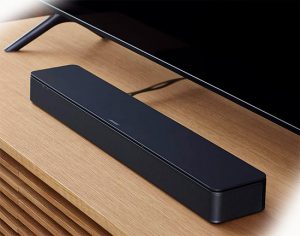 Soundbars come in all shapes and sizes, and while a tall and wide bar might look cool, it will probably not fit in your living room. The most obvious spot for it is on the shelf right next to (or, rather, underneath) the TV set. But what if it’s way too big and doesn’t fit? Well, you could try and mount it on the wall, of course. Most brands include a set of screws in the package and add mounting holes on the bars for hassle-free installation.
Soundbars come in all shapes and sizes, and while a tall and wide bar might look cool, it will probably not fit in your living room. The most obvious spot for it is on the shelf right next to (or, rather, underneath) the TV set. But what if it’s way too big and doesn’t fit? Well, you could try and mount it on the wall, of course. Most brands include a set of screws in the package and add mounting holes on the bars for hassle-free installation.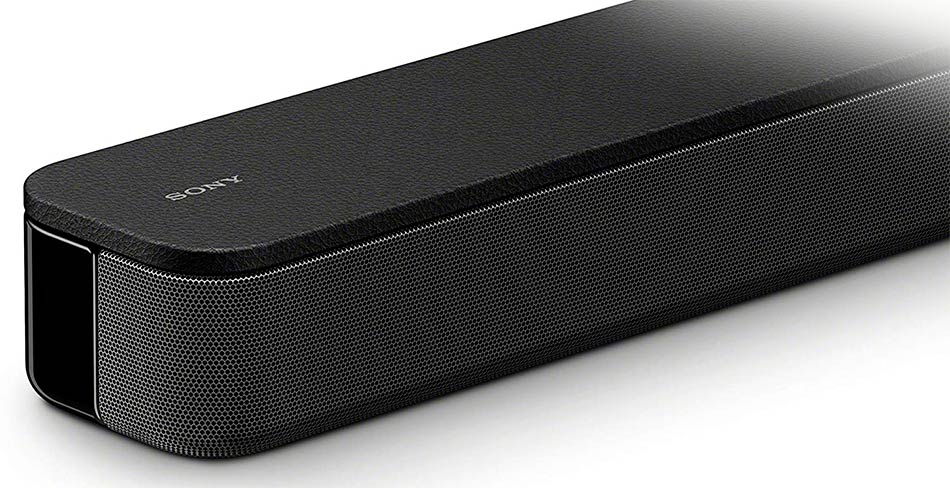
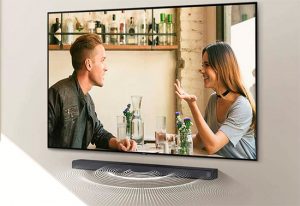 No matter how much you like a certain soundbar, it has to fit your budget. Today, we checked out top-notch soundbars in three different categories: under-100, 200, and 300 dollars. That’s right: even if you only have $100 to spare, that can still land you with a decent aftermarket bar. So, the first thing to do is to establish budget limits.
No matter how much you like a certain soundbar, it has to fit your budget. Today, we checked out top-notch soundbars in three different categories: under-100, 200, and 300 dollars. That’s right: even if you only have $100 to spare, that can still land you with a decent aftermarket bar. So, the first thing to do is to establish budget limits.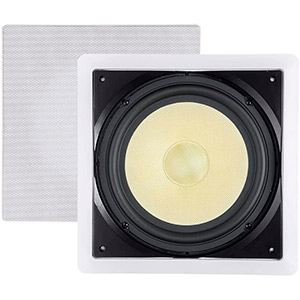

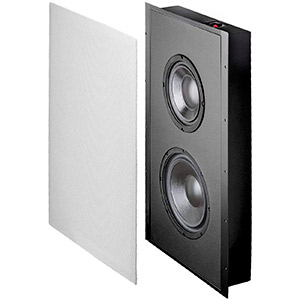

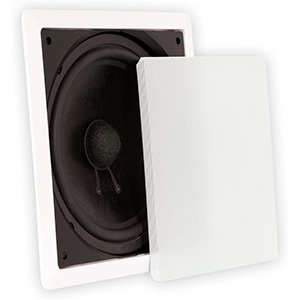

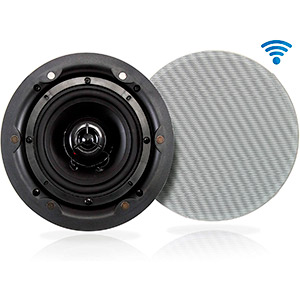

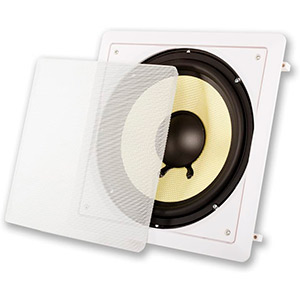

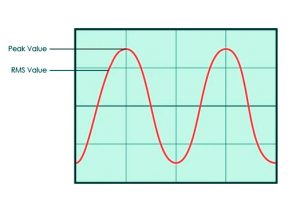 This is one of the most important, yet confusing factors. When you check the specifications of an in-wall subwoofer (or any other speaker, for that matter), the manufacturer always states the peak power. Usually, it’s pretty high – 240, or, say, 300 watts. However, this is NOT an accurate representation of how loud the woofer can get. The reason: no audio equipment can work at peak power for long without causing damage to itself.
This is one of the most important, yet confusing factors. When you check the specifications of an in-wall subwoofer (or any other speaker, for that matter), the manufacturer always states the peak power. Usually, it’s pretty high – 240, or, say, 300 watts. However, this is NOT an accurate representation of how loud the woofer can get. The reason: no audio equipment can work at peak power for long without causing damage to itself.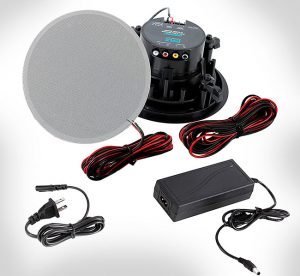 The vast majority of aftermarket in-wall subwoofers come packed with a cable. And, you’ll have to run that cable to your amplifier/receiver to, well, power it up. That can take some work. Furthermore, most of us have developed a distaste towards cables and wires. If that’s exactly how you feel, look for a woofer with full Bluetooth support. That way, there will be no need in using any cables.
The vast majority of aftermarket in-wall subwoofers come packed with a cable. And, you’ll have to run that cable to your amplifier/receiver to, well, power it up. That can take some work. Furthermore, most of us have developed a distaste towards cables and wires. If that’s exactly how you feel, look for a woofer with full Bluetooth support. That way, there will be no need in using any cables.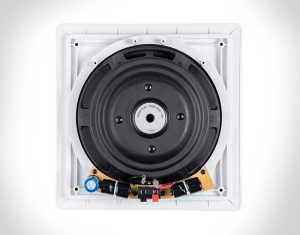 It doesn’t matter that much what the body of the subs is crafted from. The driver is what makes all the difference. Right now, aramid fiber (similar to Kevlar fiber) is an industry standard. It is specifically designed to minimize distortion and shaking, which results in better audio quality. Polypropylene woofers are another golden standard and also aim at reducing vibration for a clear sound.
It doesn’t matter that much what the body of the subs is crafted from. The driver is what makes all the difference. Right now, aramid fiber (similar to Kevlar fiber) is an industry standard. It is specifically designed to minimize distortion and shaking, which results in better audio quality. Polypropylene woofers are another golden standard and also aim at reducing vibration for a clear sound.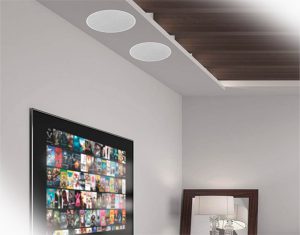 The most useful extra is Bluetooth support, of course, and we already talked about it. The “second best” is a paintable grill. That means you can use paint that fits the wall and make the sub almost invisible. Or, go a different route and turn it into an element of the décor/design. The ability to put the unit both into a wall or the ceiling is another pro. Preferably, the package should include a user guide.
The most useful extra is Bluetooth support, of course, and we already talked about it. The “second best” is a paintable grill. That means you can use paint that fits the wall and make the sub almost invisible. Or, go a different route and turn it into an element of the décor/design. The ability to put the unit both into a wall or the ceiling is another pro. Preferably, the package should include a user guide.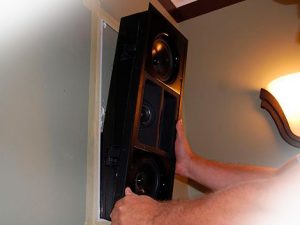 Last, but not least, check the size of the woofer to figure out whether it will fit in your wall or not. I’m speaking about width, of course. While there shouldn’t be any problems with the length/height, walls can be pretty thin. Some subwoofers are 4-inches wide; others go over 10 inches, which might be a problem depending on how larger the walls are. You’ll find all the necessary info on the sub’s dimensions in the specifications.
Last, but not least, check the size of the woofer to figure out whether it will fit in your wall or not. I’m speaking about width, of course. While there shouldn’t be any problems with the length/height, walls can be pretty thin. Some subwoofers are 4-inches wide; others go over 10 inches, which might be a problem depending on how larger the walls are. You’ll find all the necessary info on the sub’s dimensions in the specifications.